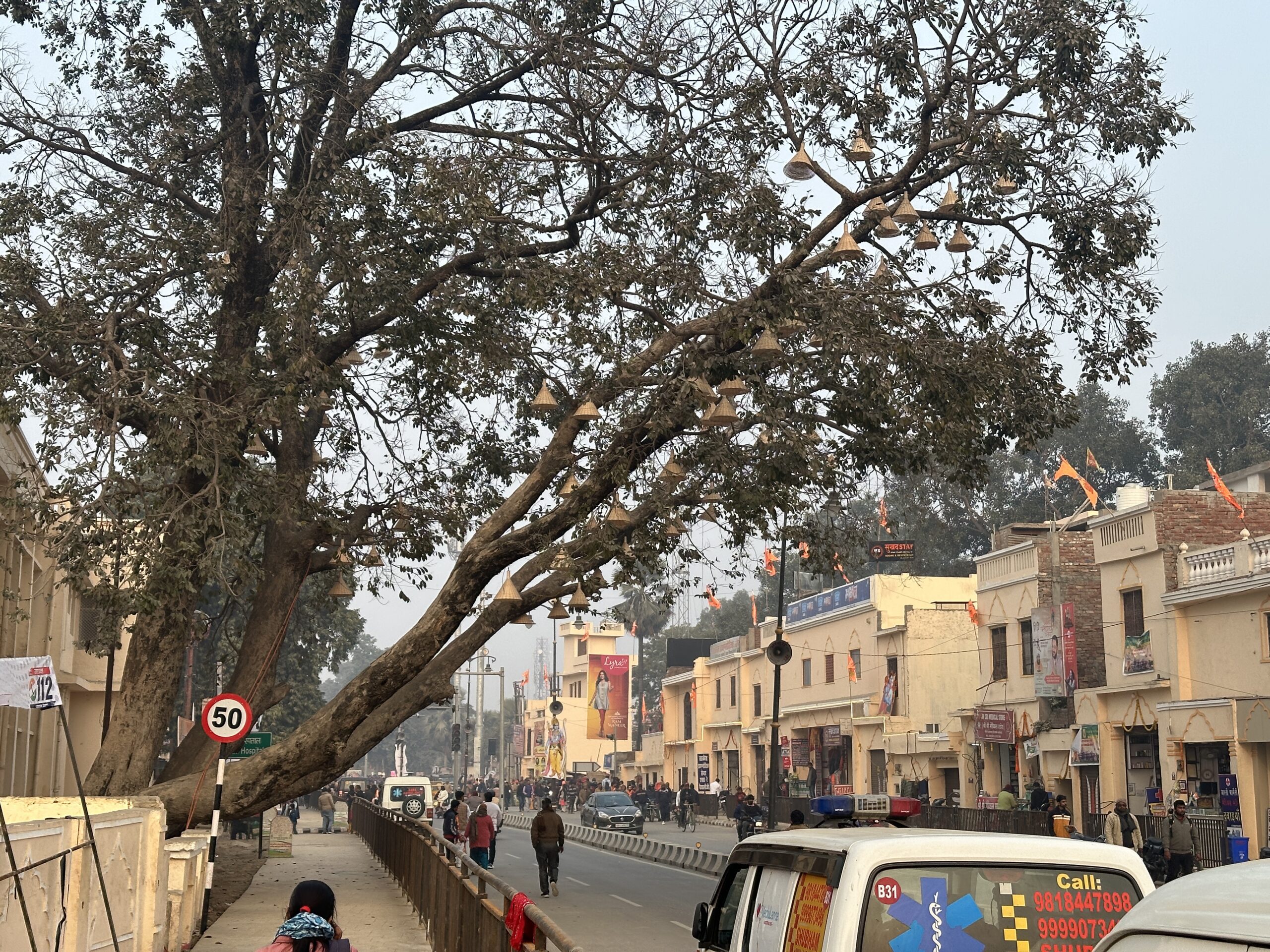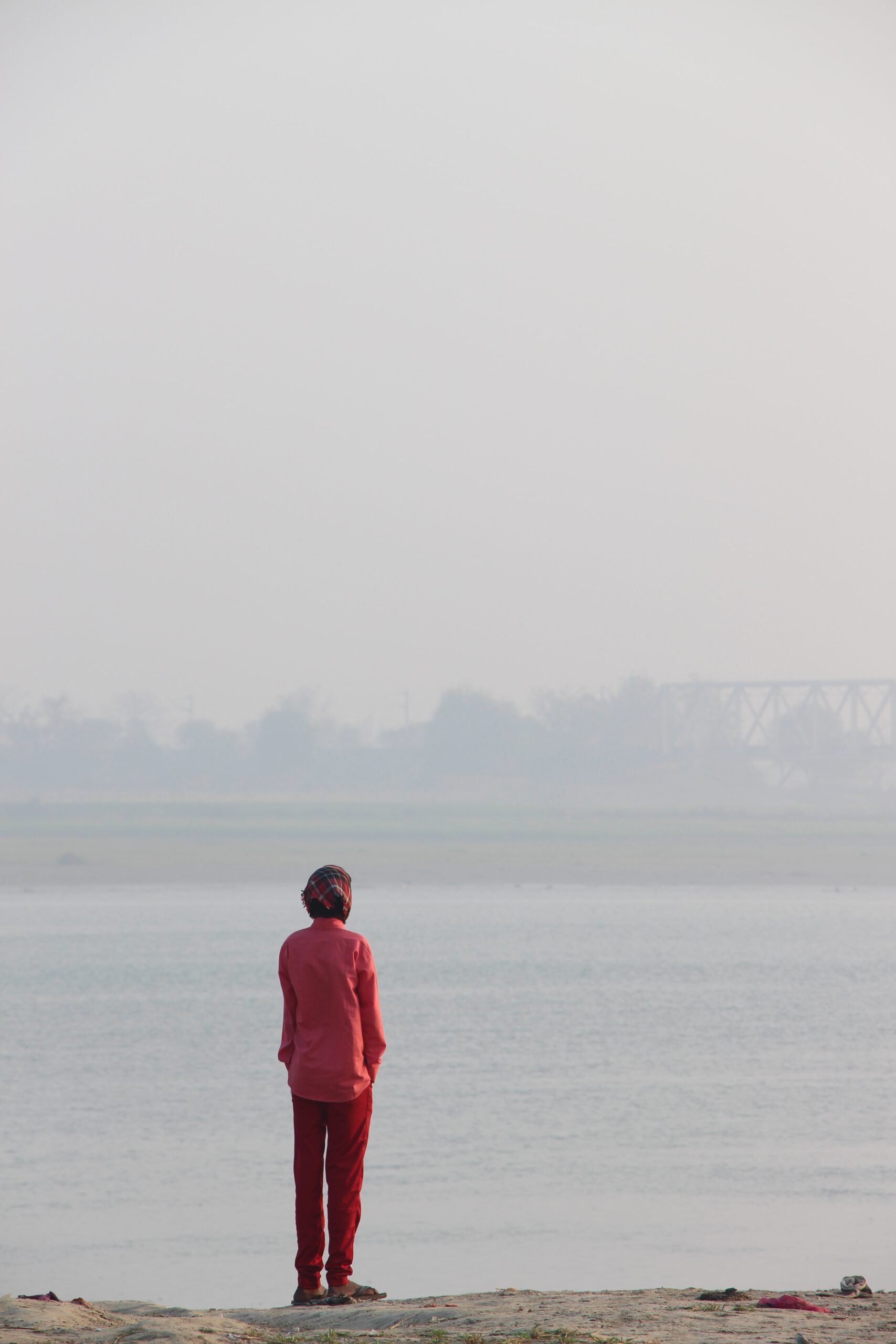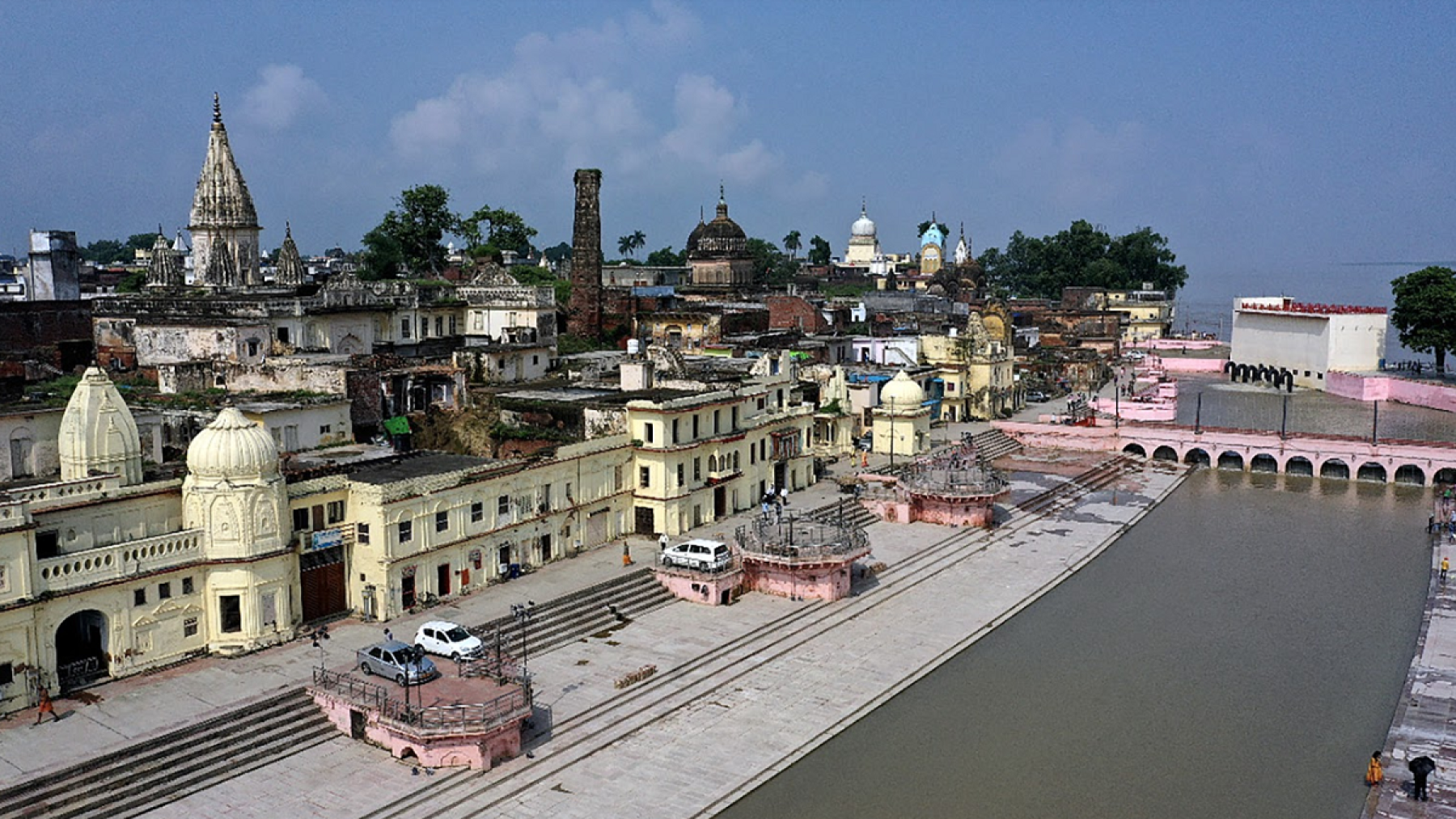Your Comprehensive 2 Day Itinerary for Ayodhya
Ayodhya, a revered city in Uttar Pradesh, India, is the birthplace of Lord Ram and a significant destination for spiritual seekers. Nestled on the banks of the Saryu River, Ayodhya offers a rich blend of spiritual and historical experiences. Here’s a comprehensive guide on how you can make the most of your 2-day Ayodhya trip including getting around, day plans, and must-do things.
How to Reach Ayodhya
Traveling to Ayodhya from Delhi is convenient with several options:
- By Bus: UPSRTC Volvo buses operate from Lucknow, Kanpur, Prayagraj, Varanasi, and Gorakhpur, with ticket prices ranging from ₹400 to ₹1000. From Ayodhya Cantt, e-rickshaws can take you to Ayodhya Dham for ₹100-₹150.
- By Train: Direct trains like Vande Bharat from Delhi to Ayodhya Dham provide a comfortable travel option.
- By Air: Maharishi Valmiki International Airport is about 12 km from Ayodhya Dham. E-rickshaws or auto-rickshaws are available from the airport to Ayodhya Dham for ₹250-₹300. City Buses are also available with low fares and eco-friendly options.
Where to Stay in Ayodhya
Accommodation options are plentiful within a 2-3 km radius of Ayodhya Dham, with rates varying from ₹2000 to ₹5000 per night. Budget travelers can opt for homestays near Ram Mandir, costing between ₹1000 and ₹2000.
Notable places to stay include Shri Radha Mohan Kunj, Shri Janki Mahal Trust, Shri Ram Sindhu Dham, and Sahu Dharamshala. We chose Vivanta Homestay, conveniently located 2 km from the temple. Most of these accommodations are non-premium and offer facilities. Carefully review before you book. We have heard a lot of cancellations and over pricing concerns from fellow travelers. We strongly advise booking through reliable platforms or agents only. Do call and confirm your booking with the Hotel afterwords.
Getting Around
E-rickshaws and e-buses are affordable and convenient for navigating Ayodhya, costing just ₹10-₹20 per ride. Following is our recommended 2-day itinerary. It follows religious guidelines and follows a convenient routing.
Day 1: Spiritual Exploration and Historical Sites
- Saryu River: Begin your journey at the Saryu River, known for its spiritual significance and cleansing properties. The river boasts 14 ghats, including Guptar Ghat, Kaikeyi Ghat, Kaushalya Ghat, Lakshman Ghat, and Janki Ghat. After a holy dip, visit Ram Ki Paidi, a popular site for Aartis and rituals, and explore the temples along the ghats, such as Nageshwar Temple, dedicated to Lord Shiva.According to legend, the Nageshwar Temple was established by Lord Ram’s son Kush. The temple is significant for its association with a dispute resolved by Lord Shiva, symbolizing peace and devotion.
- Lata Mangeshkar Chowk: Visit this landmark, featuring a 40-foot veena dedicated to the legendary singer. The chowk plays Ram bhajans 24/7, creating a divine ambiance.
- Hanuman Garhi: Located 1 km away, Hanuman Garhi is considered the guardian deity of Ayodhya. The temple is situated on a hill, accessible via a 76-step climb. It is believed that Hanumanji protects Ayodhya from this elevated spot.
- Dashrath Mahal and Kanak Bhawan: Explore Dashrath Mahal, believed to be King Dashrath’s residence, and Kanak Bhawan, a wedding gift to Goddess Sita with beautiful idols of Shri Ram and Sita.
- Shri Ram Janmabhoomi: Visit this significant temple where Ram Lalla is enshrined. The temple, constructed with sacred soil and water from various holy sites, includes five pavilions and a time capsule. The darshan process is well-organized, offering a grand and divine experience. There is a lot of rush during early hours so recommend planning this well. You can also pre-book Aarti & Darshan for a convenient visit.
- Evening Activities: Participate in the Saryu Aarti at Ram Ki Paidi, followed by a Ramayan screening and laser show. During Diwali or festivals, you can witness the grand events like Deepotsav festival with over 22 lakh diyas here.
Day 2: Exploring Further
- Mani Parbat: Start your day with a visit to Mani Parbat, a 65-feet-high hill linked to a mythological story involving Hanuman and Bharat. Spend some time cleaning up the area as a gesture of appreciation.
- Bharat Kund: Located 12 km from Ayodhya, Bharat Kund is believed to be a site of significant historical and spiritual importance, where Lord Ram performed the last rites of King Dashrath. Explore nearby temples and enjoy a boat ride.
- Surya Kund: Visit Surya Kund, located 15 km away, with an entry fee of ₹10. The site is significant as Surya Devta is said to have stayed here during Lord Ram’s coronation.
- Guptar Ghat: Explore Guptar Ghat, 8 km away, where Lord Ram took jal samadhi. Nearby temples include Janki Mandir, Hanuman Mandir, and Narsingh Mandir. Enjoy a boat ride and Saryu Aarti.
- Additional Sites: Visit Swarg Dwar, Tulsi Smarak Bhavan, Valmiki Ramayan Bhavan, Treta Ke Thakur, Ram Katha Park, and Kaleram Mandir. The recently launched Jatayu Cruise offers a thematic journey from Naya Ghat to Guptar Ghat.
Local Cuisine
Don’t miss out on local delicacies such as kachori sabzi, kachodi chaat, and samosa chaat. One must try local dish is Baati Chokha. Check out our Baati Chokha guide for details.
Connectivity and Future Developments
Ayodhya’s connectivity is improving with new roads like Ram Path, Lakshman Path, Shradhya Path, Bhakti Path, and Dharma Path. The Dharma Path, near Lata Mangeshkar Chowk, is complete and features solar lights and engraved pillars depicting Shri Ram. As more facilities open up we will put it here.
We hope this 2-day trip to Ayodhya will give you a combined spiritual exploration with cultural immersion, offering a profound and memorable experience in this sacred city. Let us know your tips, if we missed anything, or your favorite spots.




